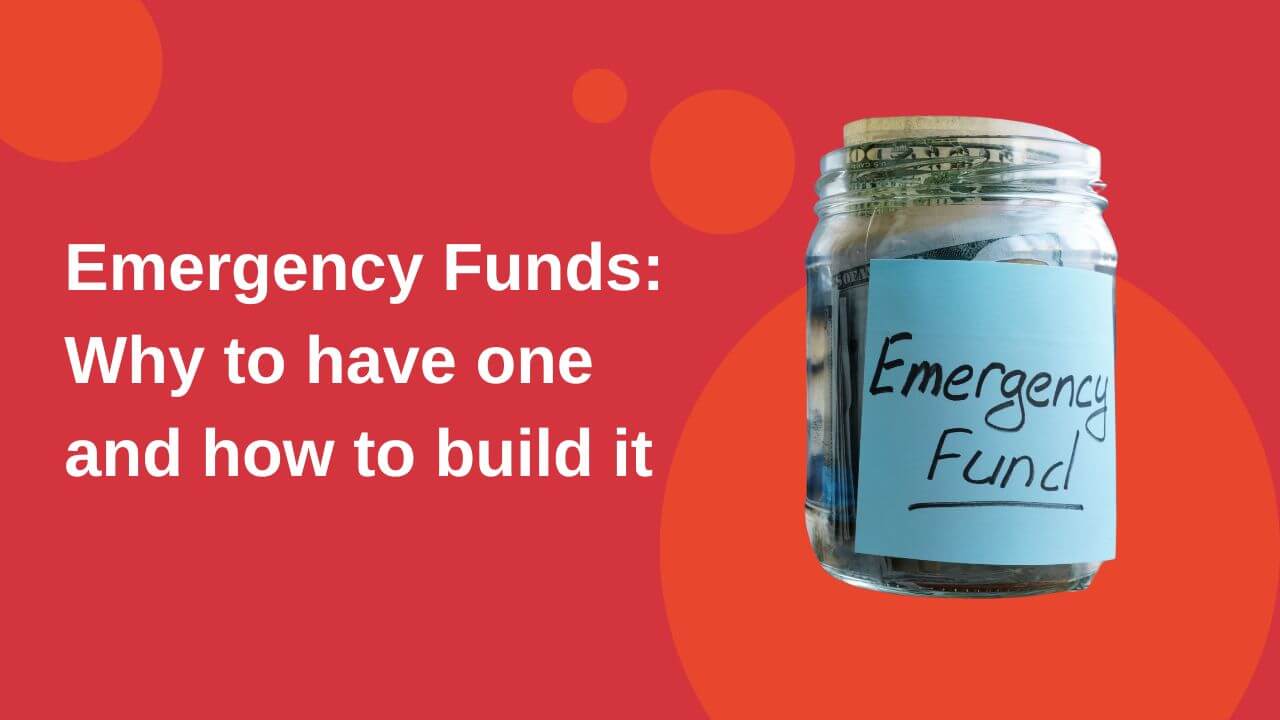Most people know that they should have an emergency fund to cover unexpected expenses, but few actually do. According to a recent poll, only 56% of Americans have enough savings to cover a $1,000 emergency expense. As a college student, having an emergency fund of even $500 can be the difference between having a bad day and being unable to drive for the next month.
What Is An Emergency Fund?
An emergency fund is a savings account used to cover unexpected expenses, such as medical bills, car repairs, or any other surprise expense that you may have. As a college student, you may need an emergency fund to fix your car if it breaks down, get home quickly if there is an emergency, or even cover tuition if your job falls through.
An emergency fund is not for everyday expenses like groceries or gas, but for true emergencies when you need money quickly and don’t have any other source of funds.
One more drink at the bar is NOT an emergency, though it may feel like it!
Why Is An Emergency Fund Important?
An emergency fund is important because it can help you cover unexpected expenses without going into debt. For example, if you have a $500 emergency fund and your car breaks down, you can use that money to pay for the repairs instead of putting them on a credit card.
An emergency fund can also give you peace of mind knowing that you have money set aside for unexpected expenses. This can help reduce stress levels and allow you to focus on other aspects of your life.
It is a safety net that will allow you to take calculated risks like taking that internship across the country or launching your startup.
How much should you have in your emergency fund?
Most experts recommend having 3-6 months of living expenses saved in your emergency fund. This is great when you are graduated and have liabilities like a house, family, etc.
As a student, you have far fewer possible emergencies and so only need around $500.
Building Your Emergency Fund
If you’re not sure how to start an emergency fund, there are a few things you can do. First, set up a separate savings account that you only use for emergencies. Second, make a budget and set aside a certain amount of money each month to contribute to your emergency fund. Lastly, don’t touch the money in your emergency fund unless it’s truly an emergency.
Step 1: Setting Up A Separate Savings Account
The first step to building your emergency fund is to set up a separate savings account that you only use for emergencies. This will help you keep track of your emergency fund and make sure that the money is available when you need it.
You want to have a separate savings account that is not linked to any other accounts so that you are not tempted to draw from it unless it is an emergency. This is a great speed bump to keep your emergency fund safe.
Here are a couple of quality, high-yield savings accounts to start your emergency fund:
High Yield Savings
Similar to their high-interest checking accounts, Quontic offers a 3-minute fast setup and low $100 minimum deposits for high-yield savings accounts with high yields of 4.25%.
Key Features:
- Earn 4.25% APY with a Quontic High Yield Savings Account
- Start earning interest from Day 1 of your first deposit with no limit on how much you can earn.
- Open an account online in just 3 minutes
- Interest is compounded daily and credited to your account every month
Similar to other banks, Quontic sets a limit of 6 withdrawals per statement cycle.
Axos High Yield Savings Account
Axos High Yield Savings is a great online bank account that will allow you to access your funds from any ATM. The best part is that Axos Bank does not charge ATM fees!
Key Features:
- Earn up to 0.61% APY*
- Free ATM card upon request
- Suite of digital money management tools
- No maintenance fees
- No monthly minimum balance requirements
- $250 minimum balance to open an account
If you want to learn more about savings account, check out our article – What Is A Savings Account And How Does It Work?
Now that you have an emergency fund account started, it’s time to
Step 2: Make A Budget
The second step to building your emergency fund is to make a budget to fund your emergency fund. As a college student, you don’t need a huge fund, if you toss $20 a month into your emergency fund starting your freshman year, you will have $500 by your sophomore year. You will have also started an excellent habit for the price of 4 lattes a month.
Set up your budget in 7 minutes with Evviva’s quick and easy 7-Minute Budget.
Step 3: Maintain Your Emergency Fund
Step three is super easy! Don’t spend your emergency fund unless you have an emergency.
If you need to dip into your fund, make sure that you replenish it. Similarly, make sure to keep an eye out for potential emergencies in your life and adjust your emergency fund size accordingly. For example, if you buy a new car or a house when you graduate, you will want to increase your fund.
It’s That Simple!
You now know everything you need to know to start, build, and maintain an emergency fund. Congratulations!







